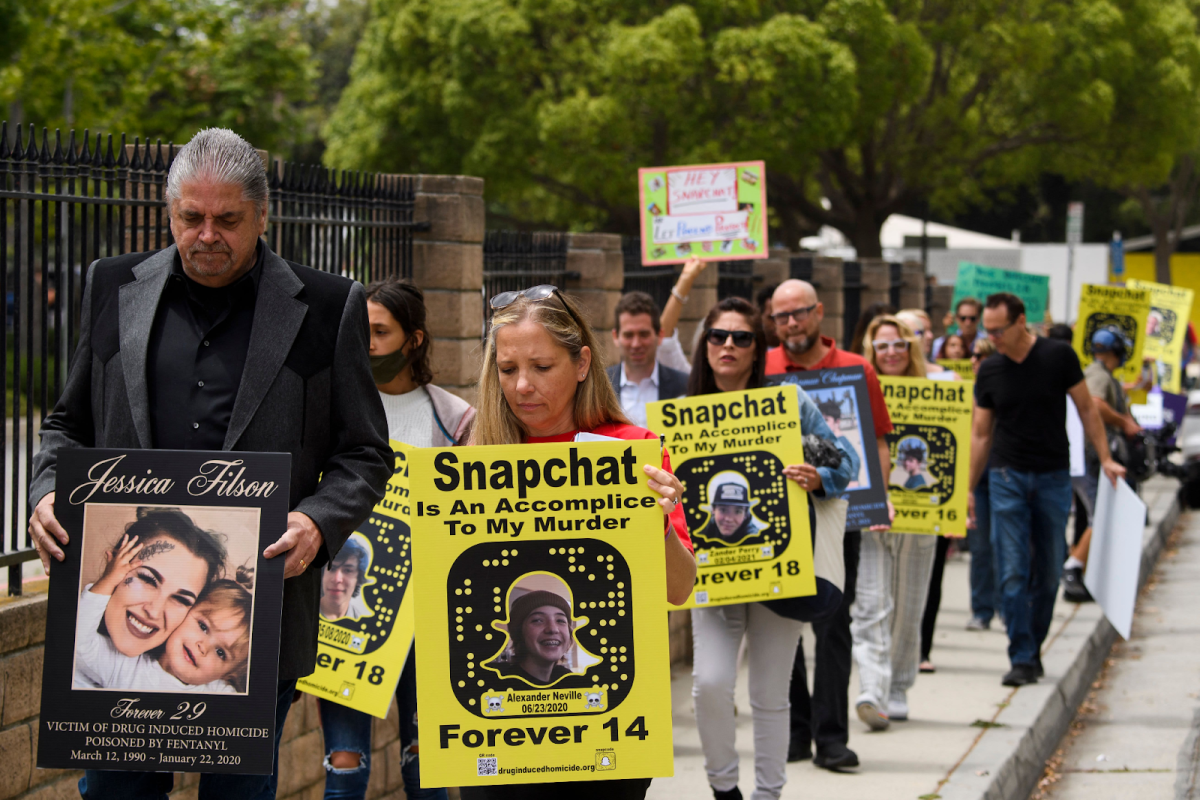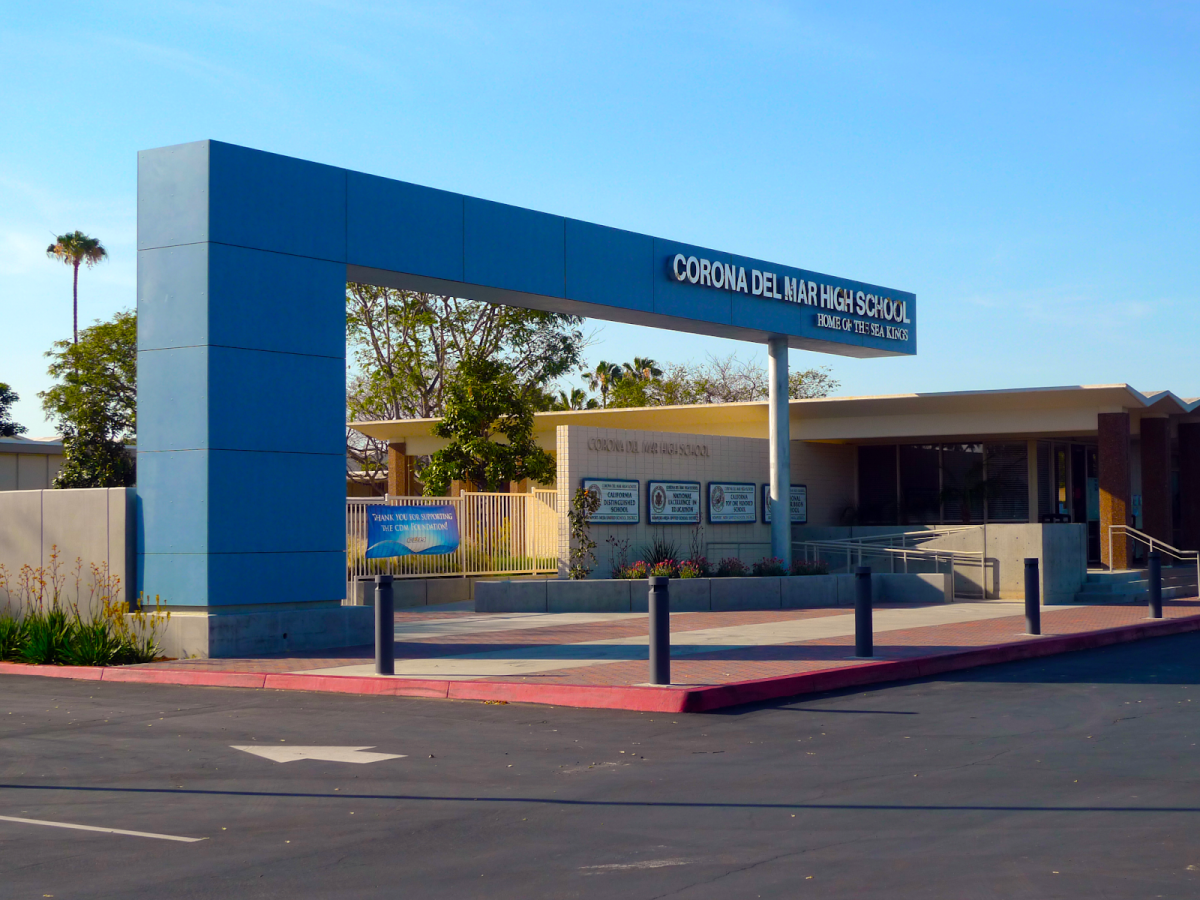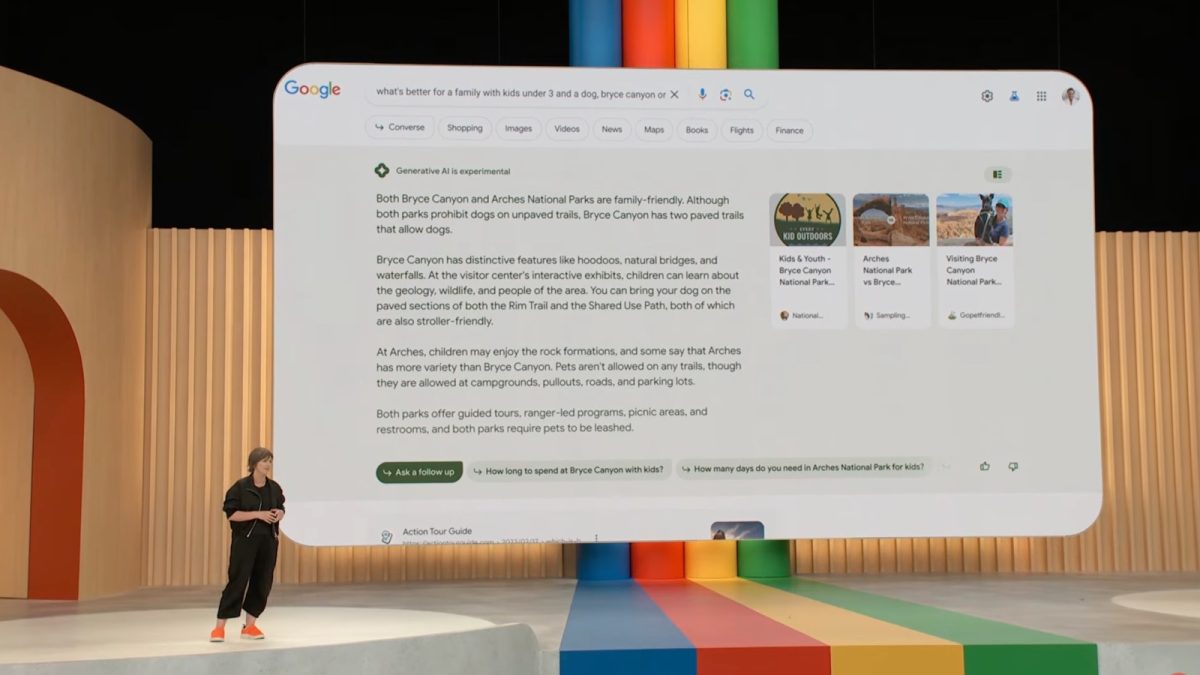Recently, Snapchat, among the most downloaded social media apps in the United States, has fallen from grace. With previous incidents of sexual assault, Snapchat has received backlash for putting its users, especially minors, in dangerous situations. However, attention has shifted towards drug accessibility with “[m]ore than 60 families suing Snapchat,” as of October 19, 2023, blaming it for numerous “overdose deaths,” according to ABC News. It is being used by teenagers to contact drug dealers. Users have the ability to enable a feature that automatically deletes messages, making it even more difficult for police and parents to trace perpetrators. Parents hope to send a message that social media is not to be messed with and exhibit its role in perpetuating the fentanyl crisis.
The fentanyl crisis is a serious issue that has plagued the United States in the past decades. Its potency and cheap price is appealing to addicts. The United States Drug Enforcement Administration illustrates the danger it poses: “It is…100 times more potent than morphine and 50 times more potent than heroin.” Sophomore Rocci Fracchia understands its perils firsthand. “My brother passed away in July from a fentanyl overdose,” she states. Fracchia’s personal experience with fentanyl emphasizes the prevalence of drug use among youth and acts as a warning against undermining its severity.
Seniors Zach Jensen and Katie Rinker are members of PAL (Peer Assistance Leadership), an organization that, according to Rinker, “spreads awareness about drug and alcohol abuse.” Fellow member Jensen “think[s] Snapchat definitely is not good for drug abuse…because it [makes] it easier for teenagers to access these illegal drugs.” Rinker agrees with Jensen that “[s]ocial media definitely has an effect” on teenage drug use. However, she draws attention to an alternative perspective, explaining how “social media can also be used to make people aware of the dangers of fentanyl.”
Fracchia’s brother’s overdose stands as an example of the very incidents CdMHS’s PAL strives to prevent. Through “promoting videos and coordinat[ing] with other organizations,” PAL is working towards spreading awareness on this issue. “We have panels with the city that talk about fentanyl use as well,” Jensen explains. PAL leaves its mark in the CdM halls with its infamous posters advocating for a drug-free life. When asked about the effectiveness of the posters, Fracchia says, “I think [they] help. [I]t gives people awareness of what’s happening.”
Despite PAL’s attempts at discouraging drug use, some teens still turn to substances for many different reasons. Jensen lists the traits of students who may be struggling with drug abuse: “Students who are [under the influence of drugs tend to] struggl[e] in their classes. Sometimes, [they won’t go] to class because… [of] family problems.” Drugs are linked to declining attendance and academic performance, exhibiting how negative the implications exactly are. These consequences are only exacerbated by the fact that the teenage years are such a formative time in one’s life. Rinker explains more signs of drug use, many of which are even more noticeable than worsened academic performance. “Kids tend to pull away from activities like sports and clubs,” she says. “They also [deteriorate] physically and can have mood swings.”
The abundance of fentanyl overdoses in the past year has raised the need for awareness regarding its detrimental effects and conversation on its eerily easy accessibility via social media. In analyzing the degree of its severity, the fentanyl crisis emerges as an imminent issue to high schools, and however distant it may seem, CdMHS is no exception.












